South Africa's economy is under severe pressure, and economists are worried that the country's debt-to-GDP ratio is heading to crisis levels.
South Africa's GDP has averaged about 1.1% growth over the last fifteen years, dropping to just 0.7% over the past decade.
With South Africa's population growing at around 1.5% per year, South Africans are getting poorer on a per capita basis with each passing year.
Now the country faces another year of sub-1% growth, while the National Treasury struggles to stabilise debt, which has escalated to the worst levels on record.
Growth has been hit by multiple compounding factors, including, but not limited to:
Weak economic growth, coupled with insatiable, undeterred and escalating government spending, has forced the National Treasury to search for other funding sources.
This has led to added pressure on taxpayers - paying some of the highest direct and indirect taxes, globally - and increased borrowing.
As a result, South Africa's debt-to-GDP ratio has risen dramatically over the last decade, from 45% in 2015 to 77% in 2024.
Developing economies like South Africa are generally recommended to have a debt-to-GDP ratio of 60%, as heightened borrowing increases the risk of default.
A default on debt would cause severe panic in domestic and international markets, with South Africa seen as an unsafe place for investment.
National Treasury has assured markets over many years that the government is working to stabilise its debt and bring the ratio lower. However, it has consistently failed to do so, with the rate pushing higher.
In what economists have described as a "doomed trajectory", the 2025 Budget again confirmed that previous intentions to lower the ratio failed.
Instead, the state will again increase borrowing in 2025/26, pushing debt up to 77.4% of GDP - 1.2 percentage points higher than the previous budget.
Finance Minister Enoch Godongwana repeated the claim that the country would ultimately stabilise its debt-to-GDP ratio at 76.7% of GDP by 2027/28, but economists aren't buying it.
Renowned economist Dawie Roodt remarked that "every year the finance minister says the country will stabilise the debt-to-GDP ratio, but not yet, he will do it next year."
"When next year comes, he says, not yet, next year."
Roodt said that South Africa is heading for a financial crisis if it does not act on its fiscal debt trajectory, but there is no indication that this is going to happen.
South Africa's escalating debt is compounded by deteriorating growth prospects.
GDP was predicted to grow by around 2% at the start of the year, off a low base of 0.6% (revised) in 2024.
Now, growth is projected at around 1% at best, likely dropping below this point as various headwinds strike.
These headwinds include the risk associated with the US tariffs, heightened global volatility, and South Africa's slow pace of structural reforms.
US President Donald Trump recently confirmed that South African goods will receive tariffs of 30% from 1 August 2025.
The US is one of South Africa's largest trading partners, and the tariffs are expected to have a markedly destructive impact on the local agricultural and manufacturing sectors.
Roodt said that South Africa will almost certainly report sub-1% economic growth in 2025, with his current estimate being a paltry 0.8%.
This aligns with Investec Chief Economist Annabel Bishop's projections, who said US tariffs would knock roughly 0.2 percentage points off 2025's GDP growth figures.
Roodt added that although the impact of the US tariffs may be relatively small - accounting for only 8% of total exports - they add to the plethora of "small" knocks to the local economy.
"Even if the direct impact of the tariffs is relatively small, the small things add up, and every negative piece of information that comes out becomes a bigger hit to economic growth," said Roodt.
While economists are sceptical about South Africa's economy, there are those, like Old Mutual Chief Economist Johan Els, who have a more optimistic view.
Els said South Africa's GDP could improve by around 2.5% in the medium term if there is increased private sector involvement in the economy, particularly in the electricity and water sectors.
He added that Operation Vulindleala, a joint initiative between the National Treasury and the Presidency, is making headway with some of the nation's most significant structural constraints.
International investment is also expected to increase as investors take a risk-on approach amid serious questions over the future of the US economy.
Els noted that South Africa has many drawcards for investors, such as strong institutions, a robust financial sector, relative political stability, and high-growth potential.
Speaking on the debt-to-GDP ratio, he remarked that the figures are far better than what Old Mutual predicted in 2020 amid the pandemic, at 95%.
- businesstech
 Zimbabwe's budget falls short of Abuja health target funding
Zimbabwe's budget falls short of Abuja health target funding  South Africa's debt-to-GDP ratio worsens under Ramaphosa
South Africa's debt-to-GDP ratio worsens under Ramaphosa 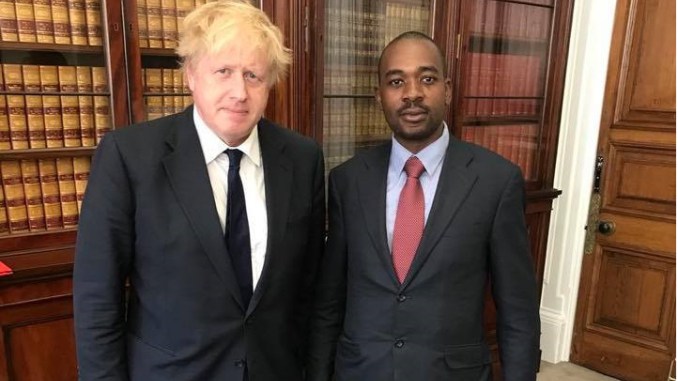 UK's Boris Johnson quits over Brexit stretegy
UK's Boris Johnson quits over Brexit stretegy  First Mutual to list Zimbabwe's first gold ETF
First Mutual to list Zimbabwe's first gold ETF  Zimbabwe on track for 6% growth
Zimbabwe on track for 6% growth  Econet defends fair usage policy amid backlash
Econet defends fair usage policy amid backlash  Young Investment Professional (YIP) Graduate Programme 2019
Young Investment Professional (YIP) Graduate Programme 2019 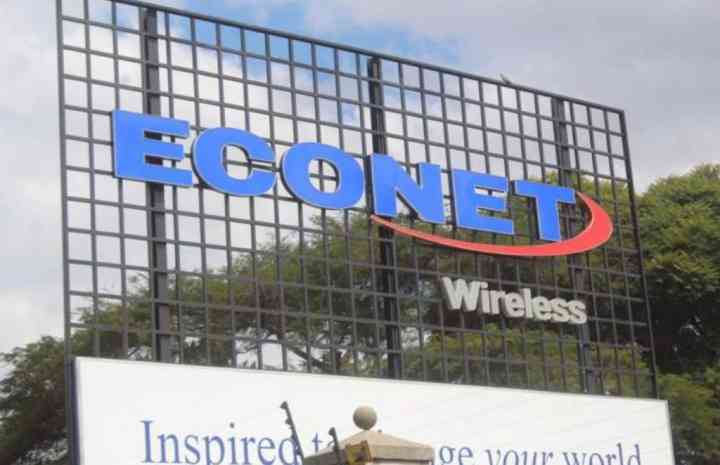
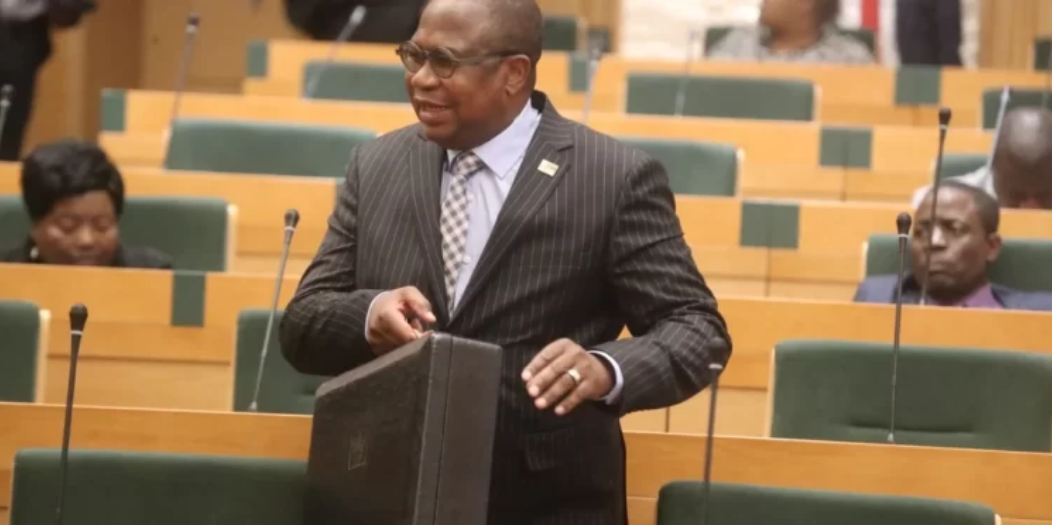
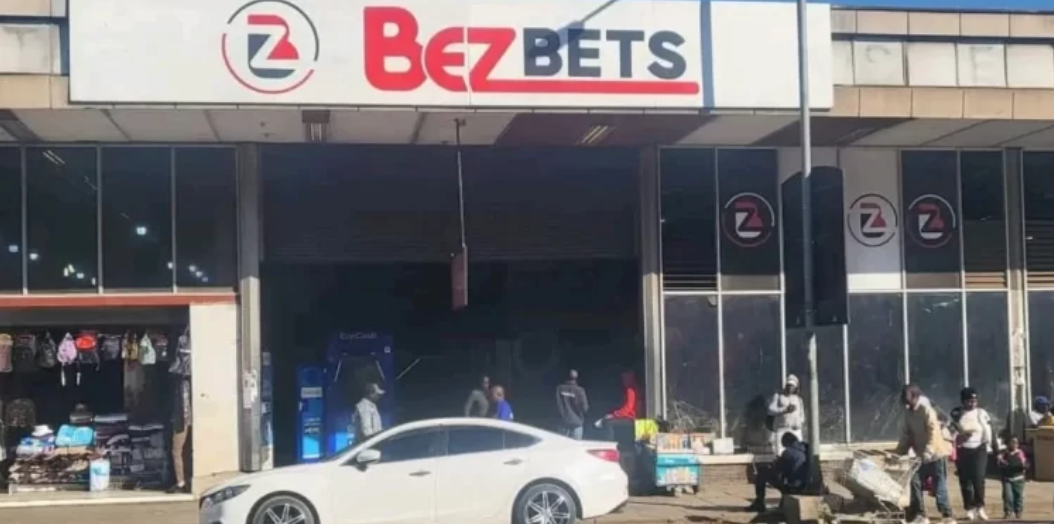
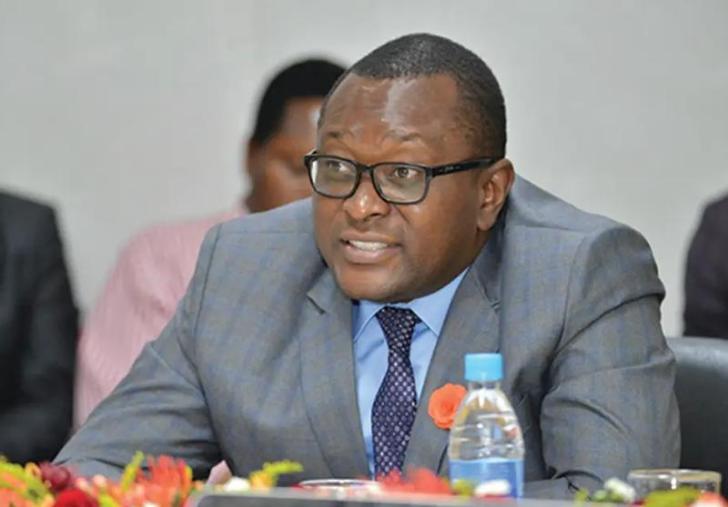

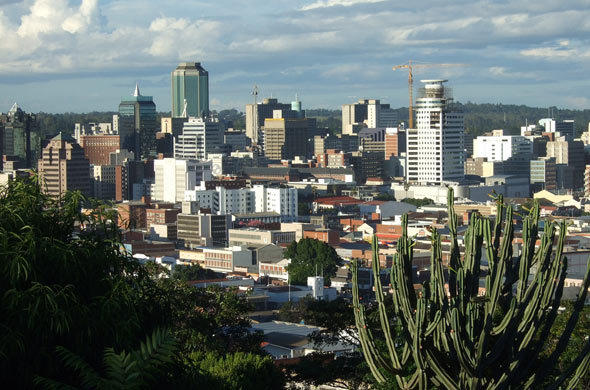
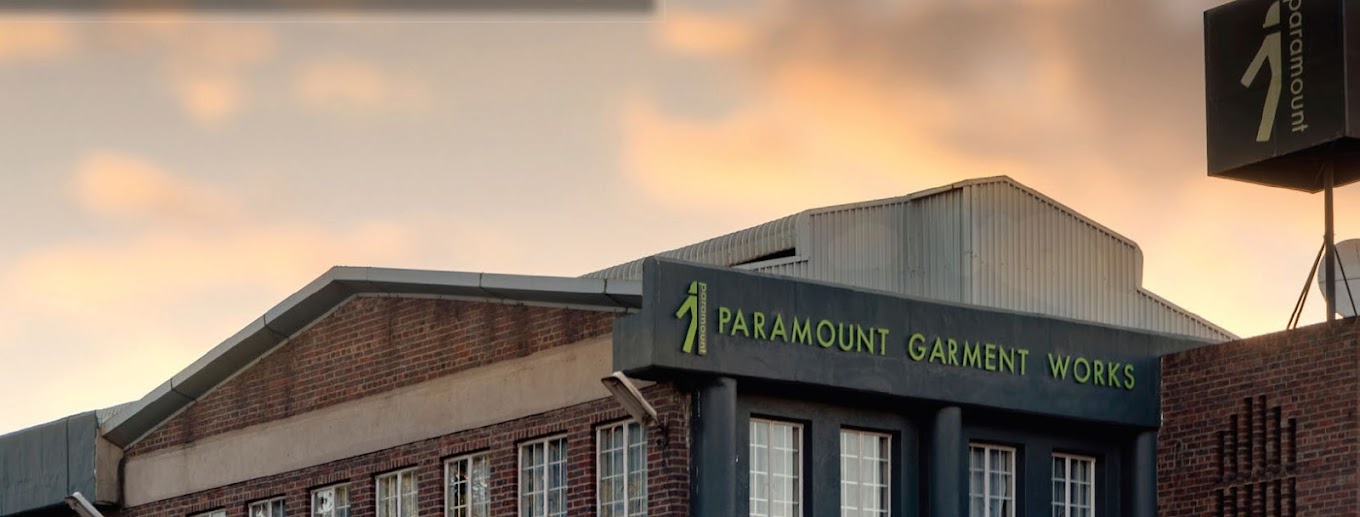
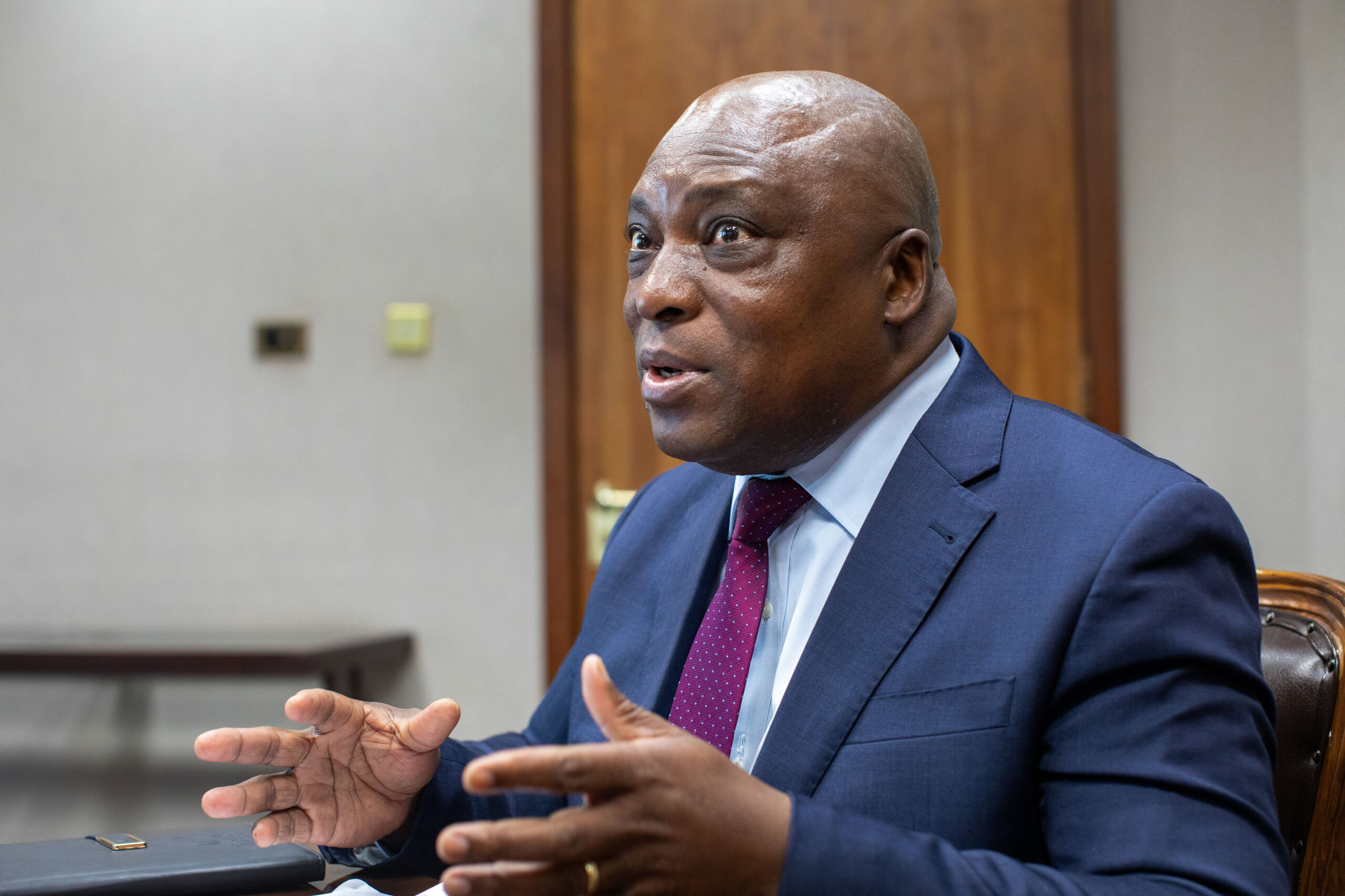
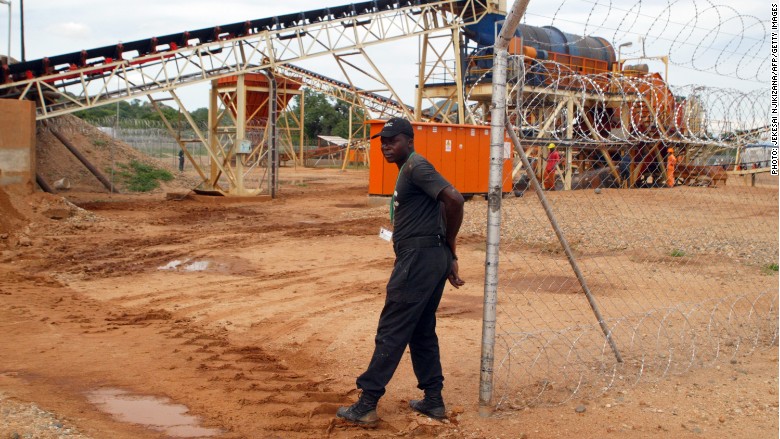
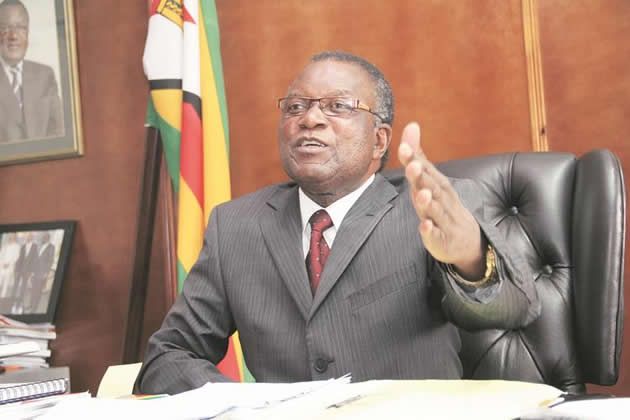


 Young Investment Professional (YIP) Graduate Programme 2019
Young Investment Professional (YIP) Graduate Programme 2019
Editor's Pick